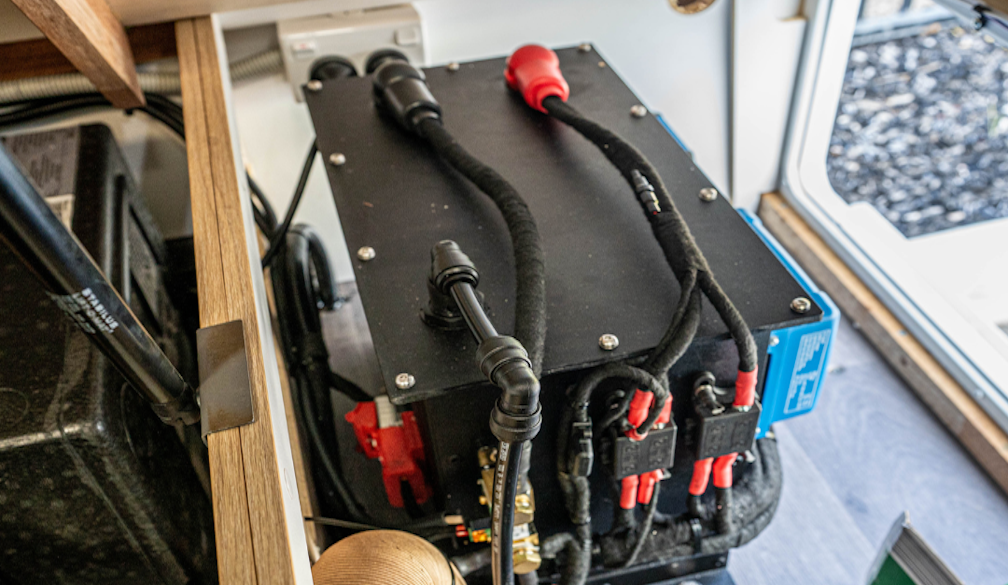Common Signs Your Car Has Electrical Problems
- Written by NewsCompany.com.au

Your car's electrical system plays a crucial role in ensuring that it runs smoothly and safely. From the battery to the alternator and the wiring, every component must work in harmony to power your vehicle and its accessories. When an electrical issue arises, it can lead to inconvenient breakdowns, poor performance, and even safety concerns. Identifying electrical problems early on can save you from costly repairs and prevent potential accidents.
Here are some common signs that your car might be experiencing electrical issues:
Dim or Flickering Headlights
One of the most noticeable signs of electrical problems is dim or flickering headlights. If your headlights aren’t as bright as they used to be or if they flicker when you’re driving, it could indicate a weak battery or an issue with the alternator. Both components are essential for maintaining a steady electrical current, and any disruption can affect the lighting. In some cases, dim headlights could be due to faulty wiring or a loose connection, which can pose a serious safety risk if not addressed promptly.
Slow or Non-Responsive Power Windows and Locks
If you’ve noticed that your power windows are rolling up and down slower than usual, or your power locks aren’t responding properly, this could be another indication of an electrical issue. Slow operation of these systems suggests that the electrical current is not flowing as it should, possibly due to a failing battery, alternator, or wiring. Over time, wear and tear on your car’s electrical system can cause these components to degrade, leading to delayed or intermittent responses.
Unusual Smells Like Burning Plastic or Rubber
A burning smell coming from your vehicle is never a good sign, and it often points to electrical problems. If you smell burning plastic or rubber, it could mean that your car’s wiring is overheating, which can occur due to a short circuit, damaged wires, or faulty components. Electrical wires can become frayed over time, and this can lead to serious risks, including fires. If you detect any unusual smells, it’s important to have your vehicle checked by a professional immediately.
Problems Starting the Engine
When your engine struggles to start or makes a clicking noise when you turn the key, this is a classic sign of an electrical issue, usually related to the battery or alternator. The battery provides the power necessary to start the engine, and if it’s weak or failing, your car may not start at all or take longer than usual to crank. In some cases, the problem could lie with the alternator, which is responsible for charging the battery while the car is running. If the alternator isn’t working properly, the battery won’t stay charged, leading to repeated starting issues.
Malfunctioning Dashboard Lights and Gauges
Your dashboard lights and gauges are connected to your car’s electrical system, and any malfunction in this area could indicate a problem. If your dashboard lights are flickering, dimming, or not coming on at all, it’s a sign that your car’s electrical components may not be getting the power they need. Similarly, if your fuel gauge, speedometer, or other dashboard instruments are not working correctly, this could suggest an issue with the car’s wiring or a failing electrical component.
Battery Warning Light on the Dashboard
The battery warning light on your dashboard is designed to alert you when there’s a problem with your car’s charging system. If this light comes on, it could mean that your battery is not being charged properly, which may result from a failing alternator, loose belts, or corroded battery terminals. It’s important not to ignore this warning light, as it could indicate that your car’s electrical system is at risk of failing.
Sudden Loss of Power
If your car suddenly loses power or experiences intermittent electrical failures, such as your radio or air conditioning shutting off unexpectedly, this could point to an issue with the alternator or another key component in the electrical system. A failing alternator won’t supply sufficient power to run your car’s electrical systems, causing them to malfunction or shut down completely.
Checking Your Battery Voltage
One of the simplest ways to determine if your car’s battery is functioning correctly is by checking the voltage. A healthy car battery voltage typically falls between 12.6 and 14.7 volts. If the voltage drops below this range, it’s a sign that your battery may be weak or failing, which could lead to more significant electrical problems down the road.
What to Do If You Suspect Electrical Problems
If you notice any of these signs in your vehicle, it’s important to have your car inspected by a qualified mechanic as soon as possible. Electrical issues can quickly escalate if left unattended, leading to more extensive damage and costly repairs.
A professional technician will be able to diagnose the exact cause of the problem, whether it’s a weak battery, a faulty alternator, or an issue with your car’s wiring. Regular maintenance of your car’s electrical system, including checking the battery, alternator, and wiring, can help prevent future problems and keep your vehicle running smoothly.


